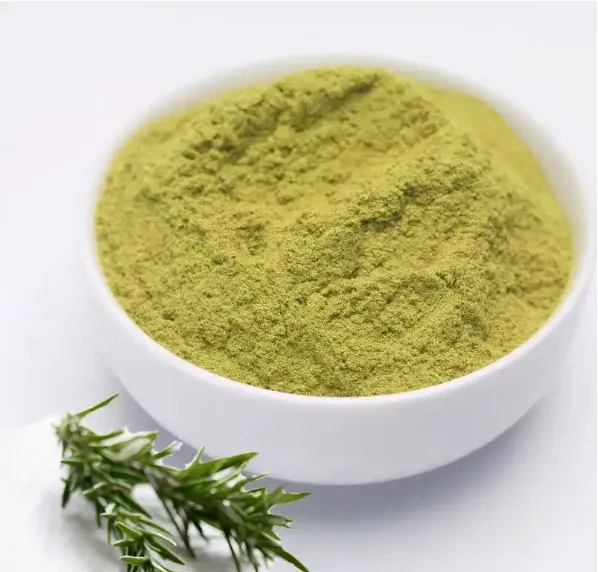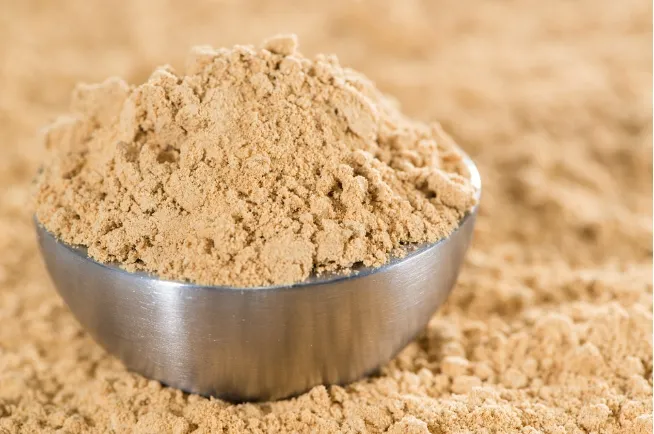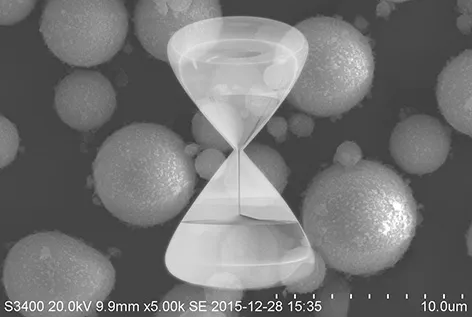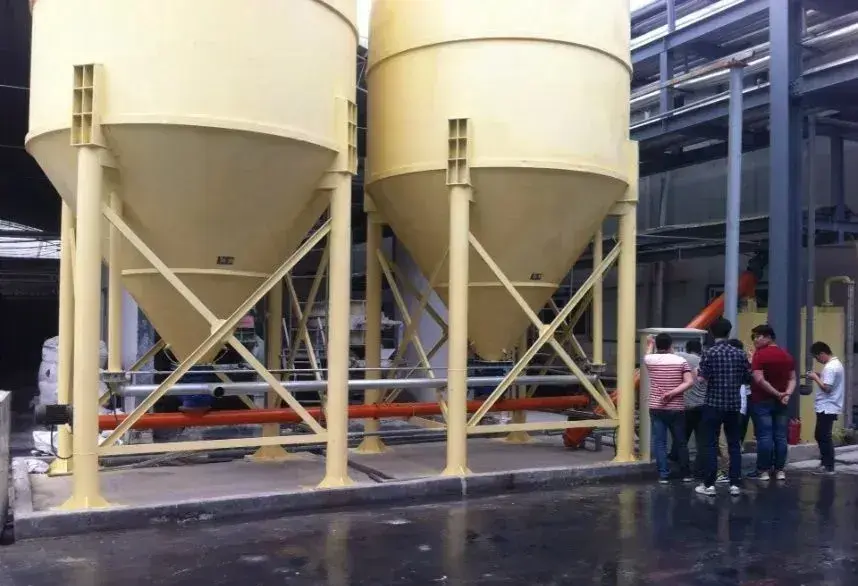Ultrafine grinder are widely used to produce ultrafine powders. They work based on micron technology principles. By using grinding equipment and high-speed rotating rotors powered by mechanical or fluid dynamics, they overcome internal cohesion of solids through shearing, extrusion, and grinding. Compared to traditional grinding techniques, ultrafine grinding produces products with good solubility, dispersibility, adsorption, and chemical reactivity. These special functions and surface activity result from the ability to reduce material particle size. Currently, this ultrafine grinding technology is widely used in traditional Chinese medicine and food industries.

Overview of Ultrafine Grinding Technology
Ultrafine grinding technology uses mechanical or fluid dynamics to apply external force. This force breaks chemical bonds between particles through strong impact, shear, and friction, creating new surfaces. The technology grinds materials ranging from 0.5–5mm into micron-sized or even nanosized particles. Ultrafine grinding can produce micron powders (1–100μm), submicron powders (0.1–1μm), and nanopowders (1 100nm). It is an excellent material modification technique.
Ultrafine grinding is classified into coarse, fine, micro, and ultrafine grinding based on material and product size.
It is also divided into dry and wet grinding based on material state. Dry and wet grinding methods include jet milling, ball milling, high-pressure homogenization, micro-jet milling, and high-speed homogenization.
Other methods include colloid grinding, ultrasonic grinding, high-speed impact grinding, and sand milling. Dry grinding usually reduces particle size and improves elasticity, plasticity, or rigidity. Wet grinding mainly applies to emulsification and homogenization of liquids. New specialized ultrafine grinding technologies include vacuum grinding, low-temperature milling, and cryogenic grinding.
These methods reduce the loss of volatile and heat-sensitive components during grinding.
ultrafine grinder in the field of traditional Chinese medicine preparation
Can significantly improve the dissolution rate of active ingredients
Ultrafine grinding changes the microscopic structure of traditional Chinese medicine. It destroys the original tissue structure, achieving a cell wall breakage rate above 95%. This facilitates the release of active components from within the cells. Even components with low solubility adhere tightly to the intestinal wall due to the large attachment force of ultrafine powders. The active components are quickly absorbed through the intestinal wall and enter the bloodstream. This accelerates the onset time of the medicine and increases the utilization rate of the material.
Optimizing the physicochemical properties of traditional Chinese medicine

The physical and chemical properties of powders include porosity, particle size, flowability, angle of repose, and specific surface area. Ultrafine powders have better adsorption, dissolution, water absorption, and dispersion. Ultrafine grinding preserves the original properties and components of traditional Chinese medicine. However, when particle size drops below a certain limit, flowability decreases, and particles tend to agglomerate. Studies show that specific surface area and porosity positively correlate with particle size. Flowability negatively correlates with particle size. These results suggest that particle size reflects surface area, porosity, and flowability.
Promote the extraction of Chinese herbal medicine ingredients
Ultrafine grinding is beneficial to the extraction of polysaccharides from Chinese herbal medicines. Controlling the particle size of ultrafine powder within a certain range will not destroy the structure of the effective ingredients of Chinese herbal medicines, and the extraction rate will be higher after cell wall breaking. However, not all macromolecular substances will have a significant increase in extraction rate after ultrafine grinding. For example, the extraction rate of protein in mung beans only increases slightly as the particle size of the powder decreases.
Improve the efficacy of traditional Chinese medicine
Particle size is inversely proportional to specific surface area, while specific surface area is directly proportional to the dissolution rate of active components in traditional Chinese medicine. Furthermore, ultrafine powders have greater adhesion, allowing them to stick to the gastrointestinal mucosa. This increases contact area and prolongs residence time. Therefore, compared to regular powders, ultrafine powders significantly increase drug dissolution, enhancing drug absorption, bioavailability, and therapeutic effect.
Convenient for later processing and preparation
Traditional Chinese medicine processing techniques are inefficient and highly polluting. Ultrafine grinding, as an advanced processing method, suits both general and high-sugar, moisture-absorbing, fibrous herbs. Ultrafine grinding significantly alters the oil absorption, expansion, and flowability of powders, making them more suitable for further processing. During ultrafine grinding, herbs are fully pulverized and mixed, facilitating molding and benefiting subsequent formulation preparation. It reduces the grittiness during oral consumption and improves tablet surface uniformity. Ultrafine powders, with low dosage, fine particle size, and high permeability, enhance transdermal performance in gel and ointment formulations.

epic powder
Epic Ultrafine grinder , 20+ years of work experience in the ultrafine powder industry. Actively promote the future development of ultra-fine powder, focusing on crushing,grinding,classifying and modification process of ultra-fine powder. Contact us for a free consultation and customized solutions! Our expert team is dedicated to providing high-quality products and services to maximize the value of your powder processing. Epic Powder—Your Trusted Powder Processing Expert!

